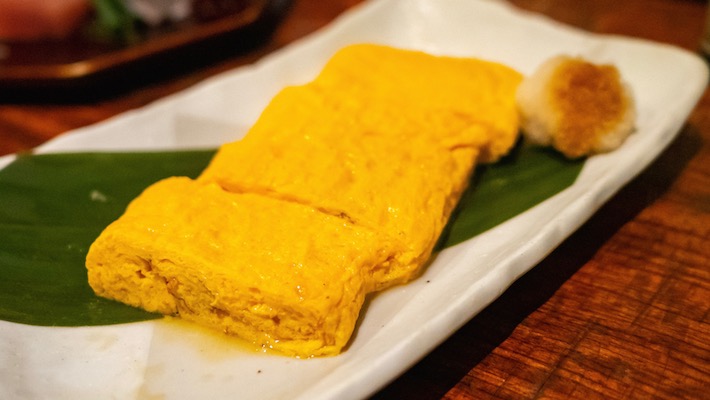
Harima Archives
2022.03.18 The Many Uses of Mirin

The Three Largest Regions for Producing Mirin
Food culture in Harima has centered around and bloomed in the Himeji Domain. It was known as a producing area for Banshu mirin during the Edo Period, with ten breweries in the local area. Along with the Kanto Region and Mikawa Region, Harima was one of mirin’s top three most prominent producers. Kawaishi Honke (established in 1863) and King Brewing Co., Ltd, which started the manufacturing and sales of white mirin in 1901, continue the technique and history of homemade mirin using low temperatures.
Recommended for Use in Desserts
Mirin is a seasoning often used for Japanese food, but it can also be used for desserts, where the sweet flavor is prominent. One prominent example is “Mirin De Jelly” (no longer on the market), a dessert that King Brewing Co., Ltd and Hyogo University students in Kakogawa City jointly developed. The lightly sweet flavor of mirin works well with the sweetness of fruits to create refreshing flavors.
The Many Uses for Amazake
A long time ago, amazake was used to substitute for sugar to add a precious, sweet flavor to foods. It has been used in recent years for the macrobiotic diet that consists of brown rice and vegetables, thus coming into the spotlight again as of late. It can also be used in desserts or sweets such as amazake steamed buns, amazake pudding, ice cream, and yogurt. It has a broad range of uses as it can also be used for savory foods such as nikujaga and tamagoyaki. Komatsuya’s “Old-time, homemade amazake sauce” has been selected as one of Hyogo’s five stars by the Hyogo Product Association (Hyogo Bussan Kyokai).



